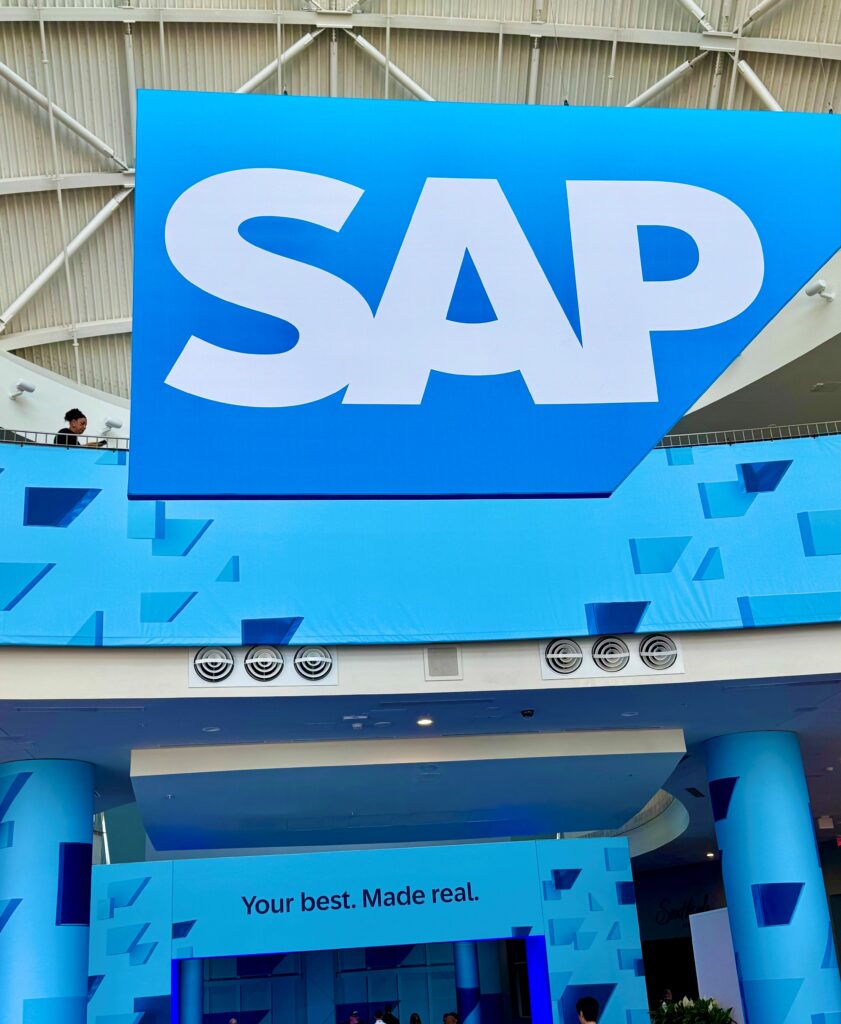This year, Clorox launched a new ERP system in the US. It marked the culmination of five-year transition plan, replacing a platform that had not been updated in over 20 years, and moving the company onto what was reported to be SAP S/4HANA.
The migration represents a significant ERP modernization effort in the consumer goods sector. But it has not all been smooth sailing.
The company has faced criticism from some investors and industry reporters. From the total cost of the migration—which is difficult to benchmark due to scope, complexity, and customization variables—to the short-term financial impact, which the company attributed to an inventory pre-build before the new ERP’s rollout.
That experience illustrates a challenge many companies face during complex, multi-phase modernization projects: long-term value arrives after short-term disruption.
While every company needs to develop its own plan for an ERP transition, business leaders can examine Clorox’s ERP modernization to prepare for the challenges that often determine whether a large-scale ERP transition succeeds.
Early Planning Establishes Credibility
Clorox began its ERP transition as a post-pandemic modernization effort.
At the time, CEO Linda Rendle said, “Today, a lot of our processes are manual, and we want to automate those.” She elaborated, “How [employees] work today will not be how they work in two years and how they work in five years.”
Accordingly, the company set out to achieve more than an ERP upgrade. It invested more than $500 million into a digital transformation across its business.
The company established a five-year plan that included investments in a data lake, AI, and ultimately a new operating model. It staged advancements across business segments, beginning with finance and working steadily towards manufacturing.
Early planning helps align people and processes behind new technology, but it also gives leaders a framework to navigate challenges. A clearly defined migration provides structure and credibility, alleviating pressure on teams implementing the transformation, while maintaining the confidence of internal and external stakeholders.
High-Impact, Low-Risk Pilots Build Confidence
Clorox piloted its global finance reporting under the new ERP system in Canada during the summer of 2024, approximately one year before its eventual roll-out in the US.
Rendle described the pilot as successful, stating “Many [customers] noted that they didn’t even remember that it was going on, which is exactly what you want from your retailers when you are doing an ERP transition”.
The company’s experience highlights the importance of piloting a highly visible function on a limited scale: global finance has touchpoints across reporting, procurement, and compliance, but testing the new system in Canada ensured that Clorox was able to monitor issues and implement fixes in a representative market before a larger scale rollout.
Piloting a high-impact function in a controlled environment allows companies to stress-test workflows and processes while limiting the potential financial, operational, and reputational risk. That means implementation teams can adapt to new technology while building their colleagues’ confidence in later stages of the modernization plan.
Anticipate Disruption, Control the Response
Between April and June 2025, Clorox conducted an inventory pre-build ahead of its ERP rollout. The pre-build was designed to ensure that retailers had an extra two weeks of stock before manufacturing transitioned order management and fulfillment to the new ERP.
While the pre-build prevented severe supply gaps and inventory shortages, it did not prevent a year-on-year drop in sales once the new ERP went live in July 2025.
The company recorded a 19% decline in net sales and a 17% decline in organic sales between July and September 2025, contributing to a 54% drop in adjusted earnings per share, reflecting both lower sales and temporary costs associated with the ERP transition.
“Unfortunately, with the ramp-up that we had on our ERP, it did cause us to lose more market share than we had anticipated,” explained Rendle.
Disruption is almost inevitable during large-scale ERP transitions. While business leaders cannot prevent every setback, they can limit their impact by planning buffers, managing expectations, and communicating how short-term learning and process improvements will translate into long-term performance gains.
What This Means for ERP Insiders
ERP modernization is an enterprise redesign. Modern systems change how people work and make decisions. Business leaders who define how organizations will evolve—and align stakeholders around that vision—reduce pressure on implementation teams and create the stability needed for later, more complex phases of the transition.
Pilots build both readiness and trust. Testing high-impact functions in a controlled setting allows teams to identify and fix technology issues before full-scale rollout. Its result also serves as a key indicator for stakeholders: early successes show that the organization is prepared for broader deployment and that the ERP modernization plan is on track.
Build disruption into the transition plan. The goal is to prepare the business to anticipate likely challenges and manage disruption when it occurs, limiting its impact. That means expecting volatility, containing issues as they arise, capturing lessons in real time, and turning those insights into improvements that support operational and financial gains.






